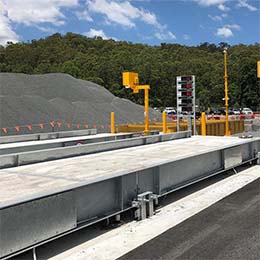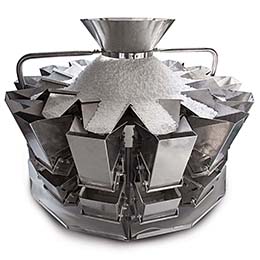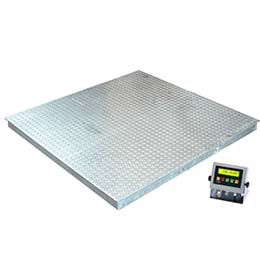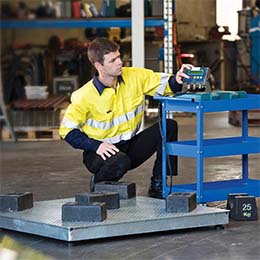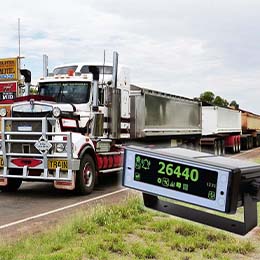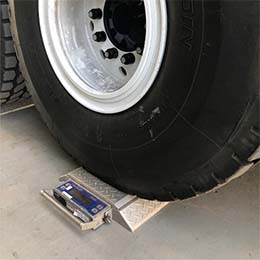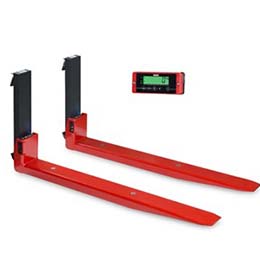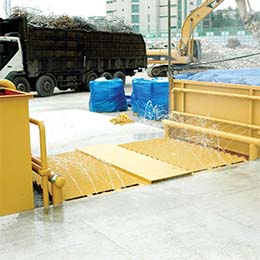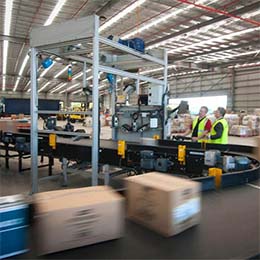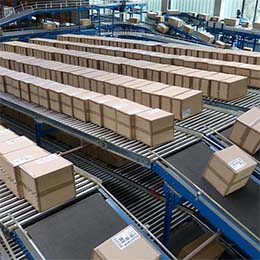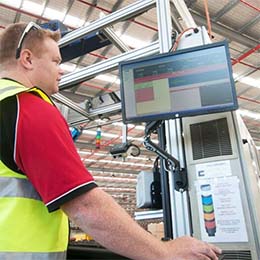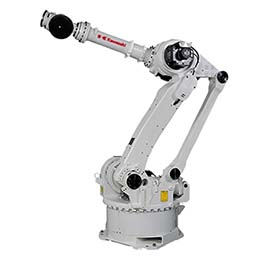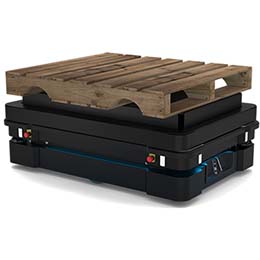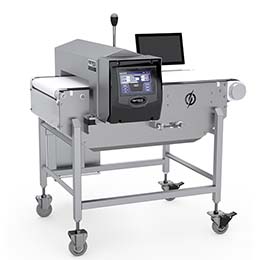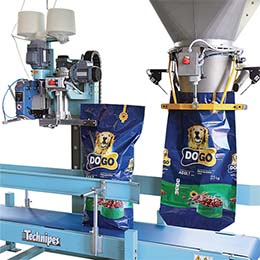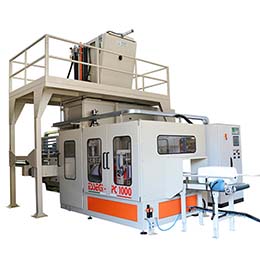Choosing where to install a weighbridge doesn’t only depend on the physical properties of the site such as the slope and the size of the available area – there are many other important factors that need to be taken into consideration such as budget, how long the weighbridge will be required for, what its objectives are, whether it’s for trade purposes in which case there are legal requirements and of course, what type of weighbridge is to be installed.
Each site is unique and each has its own set of challenges – so let’s look at some of the factors involved in choosing the right place to install your weighbridge.
Size of the area
Different types of weighbridges have different sized site footprints. For example, a fully in-ground weighbridge takes up the least surface area than any other type, but they are generally the most expensive to build because they can require extensive excavation work, more concrete and greater levels of reinforcing.
If the weighbridge is to be used for trade purposes, there are certain legal requirements that have to be met in terms of the location, clearances on either side etc, so it is worth checking with the relevant authorities or with a professional weighbridge company before starting any siteworks.
Terrain
The type of terrain and the gradient will also impact on the location of the weighbridge. Flat ground is preferable, but some manufacturers can cater for weighbridges on sloping terrain by using special steel wedges in the load cell mounting assemblies.
Access
Accessibility is a key imperative of choosing a weighbridge site. There needs to be sufficient room for vehicles to move on and off the weighbridge without having to turn on any platform and the approach has to be on the same plane as the platform. If space is severely restricted, it is possible to install a single-ended weighbridge.
Drainage
Moisture (whether from rain, snow, ice or humidity) is the arch enemy of the vulnerable measuring devices, the electronic load cells, and it is imperative that they are protected as much as possible. This means ensuring that the site has good drainage, that water won’t run off from the surrounding areas and flood the pit and that the installation is unlikely to be compromised by falling leaves and other debris.
Optimise traffic flow
Traffic flow is a key consideration when choosing a site and whilst most weighbridges are operated on a drive-through basis, in some sites where there is a limited amount of space, it’s possible to install a weighbridge where vehicles drive on and off from the same end. In all instances however, it is important to plan properly to minimise disruptions, streamline traffic flow and ensure ease of access and exit at all times.
Ease of service
When choosing a site, it is also important to ensure that load cells can be easily accessed by service personnel as this will ensure minimum disruption to operations if maintenance or repairs need to be undertaken. The location of the hut or office to the weighbridge is another important consideration.
Choosing a site for a weighbridge is best done in consultation with experts who can help you make the right choice to meet your organisation’s individual needs. If you’re looking for an expert opinion on any aspect of weighbridges or weighing scales, look no further than the team of professionals at Diverseco, Australia’s largest supplier of weighing and product inspection equipment. We have installed over 1 000 weighbridges throughout Australasia when you contact us, you’ll find all the experience and expertise you need to identify your unique vehicle weighing requirements and get the best weighbridge solution possible.

